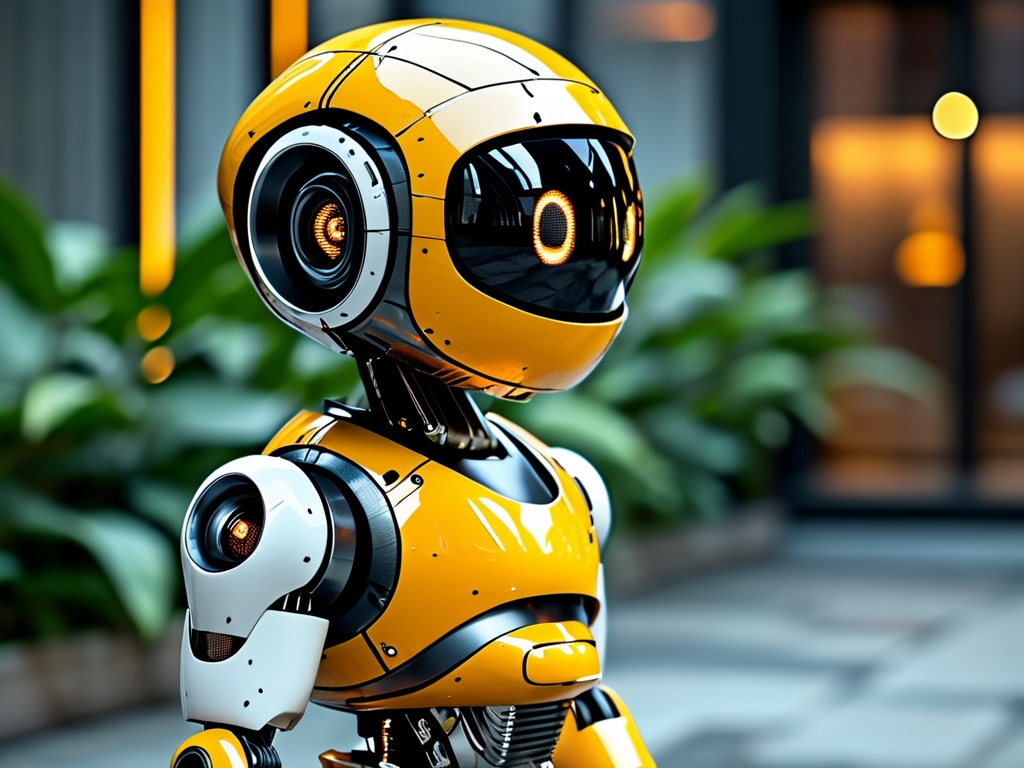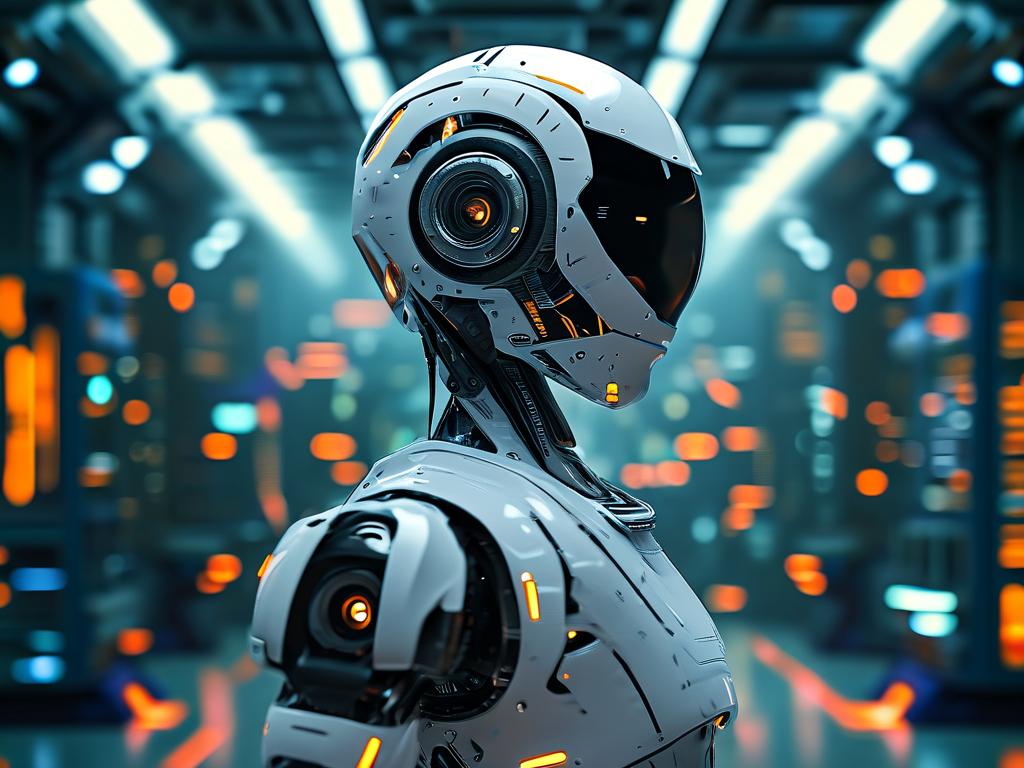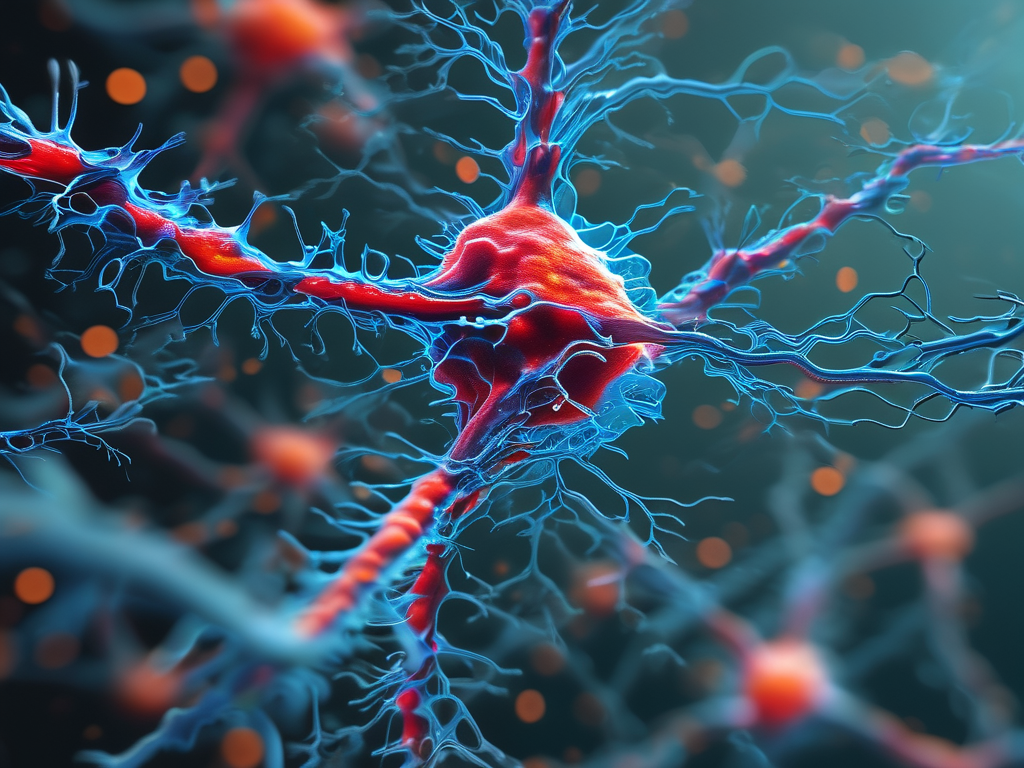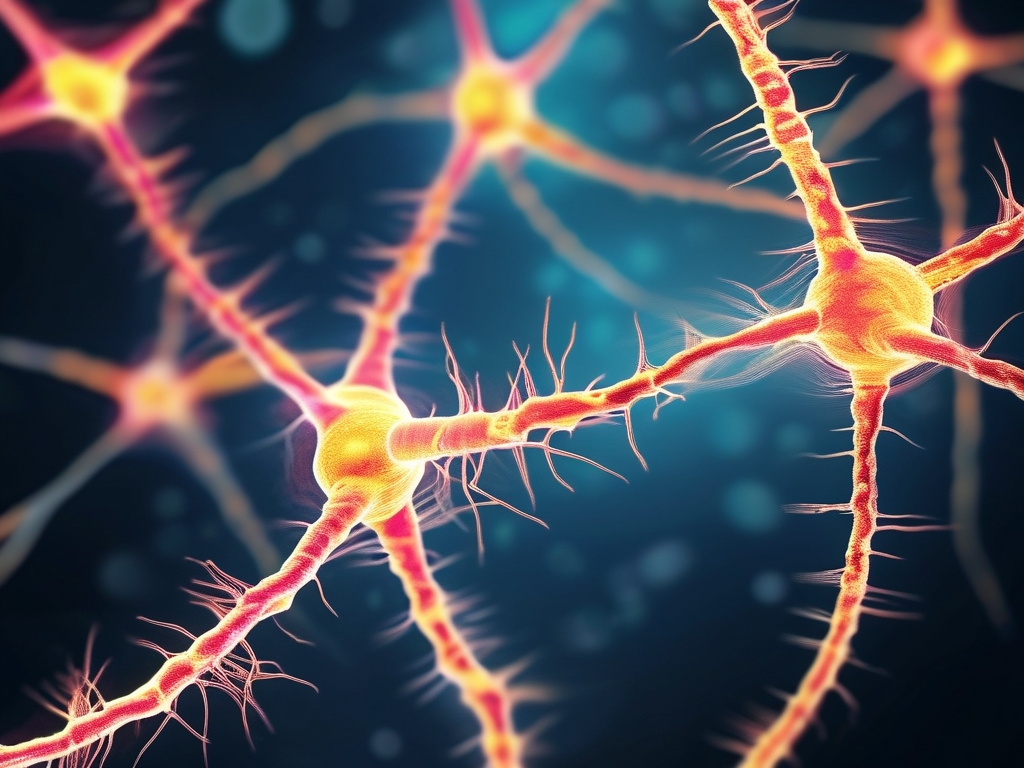The 21st century has witnessed unprecedented advancements in robotic intelligence, reshaping industries, healthcare, and daily human life. From autonomous vehicles to surgical robots, the fusion of artificial intelligence (AI), machine learning, and sensor technologies has propelled robotics into a new era of capability and adaptability. This article explores the latest breakthroughs in robotic intelligence, their real-world applications, and the ethical and technical challenges that lie ahead.
1. Breakthroughs in Cognitive and Adaptive Robotics
Modern robots are no longer confined to repetitive tasks in controlled environments. Advances in reinforcement learning and neuromorphic computing have enabled machines to learn from unstructured data and adapt to dynamic scenarios. For instance, Boston Dynamics’ Atlas robot demonstrates remarkable agility, navigating complex terrains and recovering from falls using real-time environmental analysis. Similarly, AI-powered drones like those from Skydio employ computer vision to autonomously avoid obstacles during high-speed flights.
A critical innovation is multimodal sensory integration. Robots now combine visual, auditory, and tactile inputs to mimic human-like perception. MIT’s “RF-Grasp” system uses radio waves to locate objects hidden from view, while tactile sensors like SynTouch’s BioTac enable precise force feedback for delicate tasks like handling fragile items.
2. Collaborative Robotics: Bridging Human-Machine Interaction
Collaborative robots (cobots) represent a paradigm shift in industrial automation. Companies like Universal Robots design cobots that work alongside humans, using force-limiting mechanisms and AI-driven safety protocols. In manufacturing, Siemens’ “Teamcenter” software integrates cobots into production lines, reducing errors by 45% while improving efficiency.

Natural language processing (NLP) breakthroughs further enhance collaboration. OpenAI’s GPT-4, integrated into service robots like SoftBank’s Pepper, allows fluid human-robot communication. Hospitals such as the Mayo Clinic deploy NLP-enabled robots to assist nurses with patient queries, freeing staff for critical care.
3. Medical Robotics: Precision and Personalization
Surgical robotics has achieved micron-level precision. The da Vinci Surgical System, now in its fifth generation, allows surgeons to perform minimally invasive procedures with 3D visualization and tremor-filtering tools. Meanwhile, AI-driven diagnostic robots like IBM’s Watson Health analyze medical images with 98% accuracy, outperforming human radiologists in detecting early-stage tumors.
Rehabilitation robotics is another frontier. Exoskeletons like ReWalk’s personal 6.0 system use neural interface technology to help paralyzed patients walk again by translating brain signals into mechanical motion.
4. Ethical and Technical Challenges
Despite progress, robotic intelligence faces significant hurdles. Algorithmic bias remains a concern: Amazon scrapped an AI recruiting tool in 2018 after it discriminated against female candidates. Ensuring fairness in decision-making robots requires transparent AI training datasets.
Cybersecurity risks also escalate as robots handle sensitive tasks. In 2021, a ransomware attack disrupted production at a Tesla Gigafactory by hijacking assembly-line robots. Robust encryption and federated learning frameworks are essential to mitigate such threats.

The “black box” problem—where AI decisions lack explainability—poses legal challenges. The EU’s proposed Artificial Intelligence Act mandates accountability for autonomous systems, pushing developers to create interpretable models.
5. The Road Ahead: Quantum Robotics and Swarm Intelligence
Emerging technologies promise to redefine robotic capabilities. Quantum computing could solve optimization problems in seconds that currently take hours, enabling real-time route planning for delivery robot fleets. Researchers at Google Quantum AI are simulating molecular interactions to design nanobots for targeted drug delivery.
Swarm robotics, inspired by insect colonies, is gaining traction. Harvard’s RoboBees project demonstrates how thousands of tiny drones can collaborate for tasks like pollination or search-and-rescue operations. Such systems rely on decentralized AI algorithms to self-organize without human intervention.
Robotic intelligence is no longer science fiction but a transformative force across sectors. As machines grow smarter and more autonomous, interdisciplinary collaboration among engineers, ethicists, and policymakers will be crucial to harness their potential responsibly. The next decade may see robots transitioning from tools to partners, fundamentally redefining humanity’s relationship with technology.




